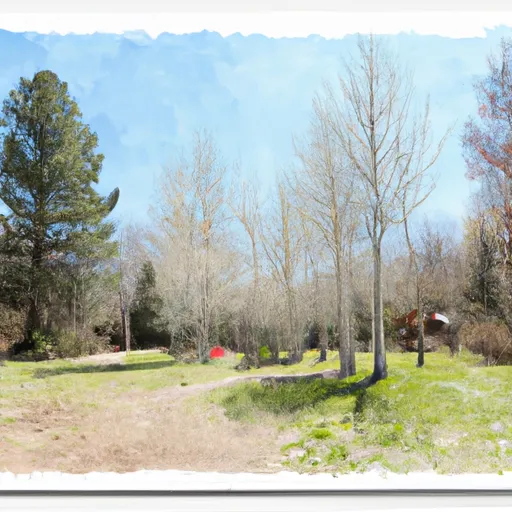Summary
Known for its stunning natural surroundings, the city offers a mild and pleasant climate throughout the year. Summers in Lake Oswego are warm and dry, with temperatures ranging from the mid-70s to the low 80s Fahrenheit. Winters are cool and wet, with temperatures averaging in the mid-40s.
Hydrologically, Lake Oswego is bordered by the Willamette River and encompasses parts of the Tualatin River watershed. The main source of drinking water in the area is the Clackamas River, which undergoes rigorous testing to ensure its quality.
Outdoor enthusiasts will find numerous recreational opportunities in Lake Oswego. The city is home to several public parks and nature reserves, offering walking trails, picnic areas, and wildlife viewing. The nearby Willamette River provides opportunities for boating, fishing, and kayaking. Additionally, the city has multiple golf courses, tennis courts, and athletic fields for sports enthusiasts to enjoy.
In summary, Lake Oswego offers a comfortable climate, abundant water resources, and ample outdoor recreation opportunities, making it an attractive destination for nature lovers and outdoor adventurers alike.
Weather Forecast
Lake-Oswego receives approximately 1175mm of rain per year, with humidity levels near 82% and air temperatures averaging around 12°C. Lake-Oswego has a plant hardyness factor of 8, meaning plants and agriculture in this region tend to thrive here all year round.

 South Shore Open Space Park
South Shore Open Space Park
 Aspen Park
Aspen Park
 Greentree Park
Greentree Park
 Freepons Park
Freepons Park
 Oswego Swim Park
Oswego Swim Park